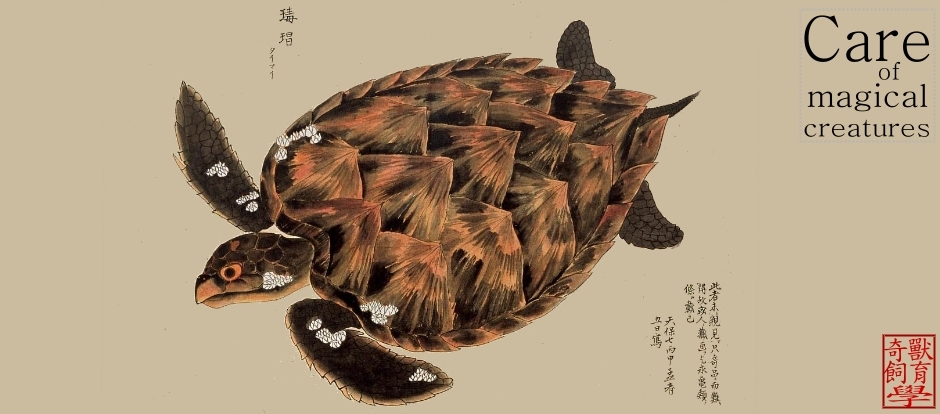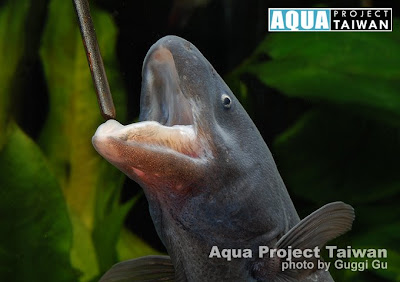 文獻來源: Xiang JI, Wang YZ, Wang Z. 2009. New species of Phrynocephalus (Squamata, Agamidae) from Qinghai, Northwest China. Zootaxa 1988: 61-68. [摘要下載]
文獻來源: Xiang JI, Wang YZ, Wang Z. 2009. New species of Phrynocephalus (Squamata, Agamidae) from Qinghai, Northwest China. Zootaxa 1988: 61-68. [摘要下載]
Abstract
A new viviparous species of Phrynocephalus from Guinan, Qinghai, China, is described. Phrynocephalus guinanensis sp. nov., differs from all congeners in the following combination of characters: body large and relatively robust; dorsal ground color of head, neck, trunk, limbs and tail brown with weak light brown mottling; lateral ground color of head, neck, trunk and tail light black with weak white-gray mottling in adult males, and green with weak white-gray mottling in adult females; ventral ground color of tail white-gray to black in the distal part of the tail in adult males, and totally white-gray in adult females; ventral surfaces of hind-limbs white-gray; ventral surfaces of fore-limbs brick-red in adult males, and white-gray in adult females; ventral ground color of trunk and head black in the center but, in the periphery, brick-red in adult males and white-gray in adult females. Phrynocephalus guinanensis sp. nov. typically uses desert habitats, whereas P. vlangalii, a species closely related to the new form, uses a variety of arid and semi-arid habitats. It is the nineteenth species of Phrynocephalus recorded from China.


 Schismatorhynchos nukta (="Garra" nukta) 裂吻魚 (=牛角食神)
Schismatorhynchos nukta (="Garra" nukta) 裂吻魚 (=牛角食神)









































